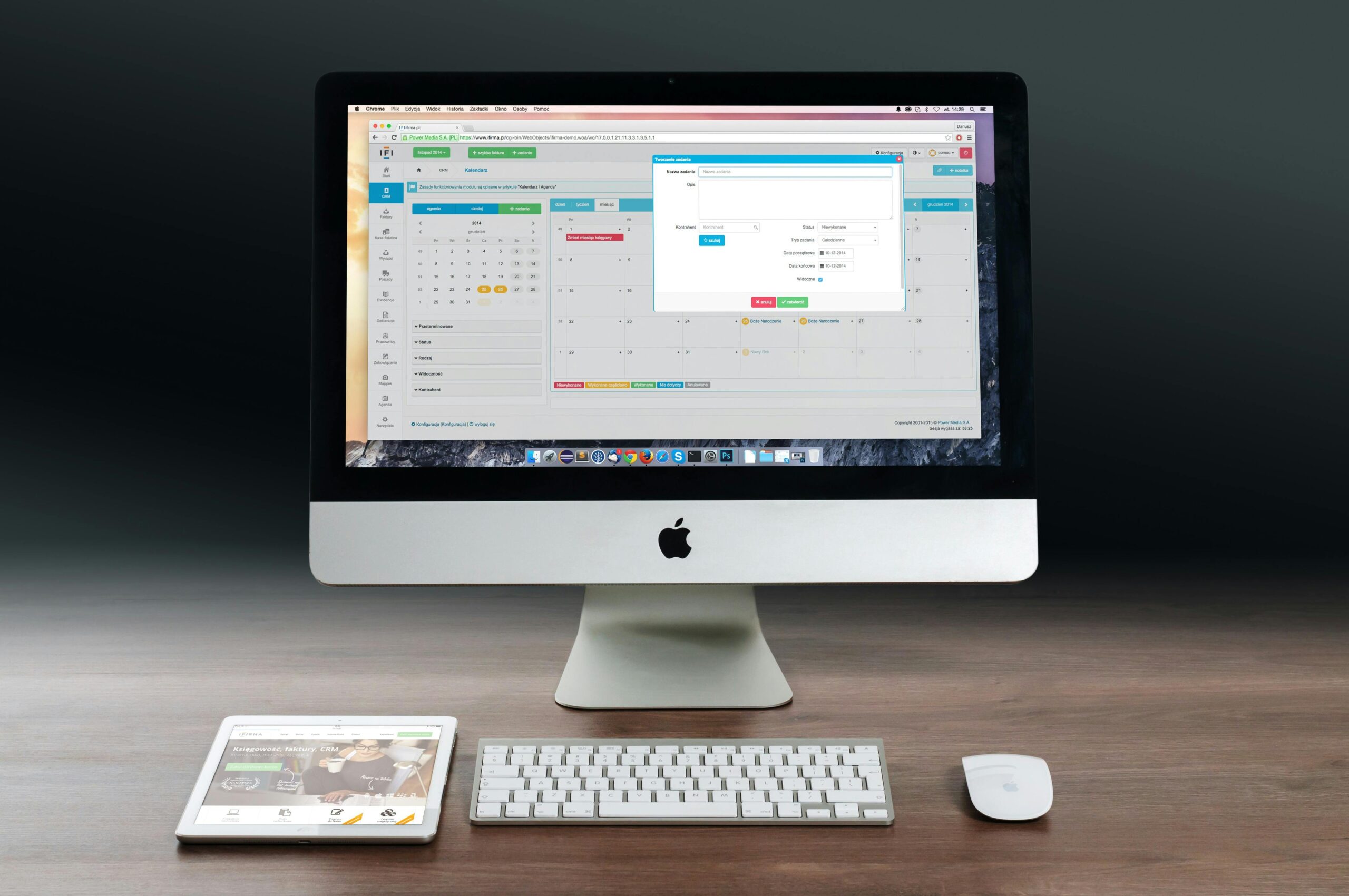If the idea of making passive income excites you, read on! There is no catch. It really is as simple as it sounds. You can earn money even while relaxing on a holiday at your favorite getaway. This is an opportunity for you to leverage your expertise and resources to get that extra money. Whether you want to offer eBooks, online courses, or design templates, learning how to create digital products can open up endless possibilities. In this article, we will walk you through the process of creating digital products, including some of the most profitable options and tips for selling them effectively.
Why Create Digital Products?

People asking me that what is a digital product? The simple and close answer that I give them always is that Digital products are an excellent business model because they offer scalability and high profit margins. Unlike physical products, digital products don’t require manufacturing, inventory management, or shipping.
Once the product is created, you can sell it an unlimited number of times without additional cost. This makes digital products particularly appealing for small business owners and solo entrepreneurs looking to maximize profit while minimizing effort.
Types of Digital Products

Before diving into the steps of creating digital products, let’s explore the different types of products you can create and sell:
1. E-books and Written Content
E-books, white papers, and guides are popular digital products that offer valuable information to readers. If you are knowledgeable in a specific subject, you can write and sell e-books on platforms like Amazon Kindle or your website. I help businesswomen actualize their e-books. If you are interested in this kind of support, click here.
2. Online Courses and Tutorials
Online courses are one of the most profitable digital products you can create. Platforms like Udemy, Teachable, and Skillshare allow you to offer courses in various formats such as video lectures, quizzes, and downloadable resources. If you are an expert in a niche area, creating an online course can be a lucrative endeavor.
3. Digital Art and Design Templates
Artists and designers can create digital assets such as logos, illustrations, icons, or social media templates. Many people are willing to pay for ready-made designs, and platforms like Etsy or Creative Market provide an easy way to sell these types of products.
4. Software and Applications
Developers can create and sell digital tools like software, mobile apps, or website plugins. These products help customers solve specific problems, and once developed, they can be sold repeatedly with little to no overhead costs.
5. Music and Audio Files
If you’re a musician, podcaster, or audio engineer, you can create and sell digital audio products such as stock music, sound effects, or full albums.
How To Create Digital Products: A Step-by-Step Guide
Creating a digital product may seem daunting at first, but with the right approach, it can be a straightforward and rewarding process. Here’s a step-by-step guide to help you get started. You can also schedule a consultation to get a customized guide for the specific digital product you are interested in selling.
1. Identify Your Audience and Niche
The first step in learning how to create digital products is identifying your audience and niche. Who are you creating this product for, and what problem does it solve? Research your target audience’s pain points, needs, and preferences to create a product that will appeal to them. Narrowing down your niche helps you stand out from the competition and cater to a specific group of people.
Key Questions to Consider:
- What knowledge or skills can you share with others?
- Who would benefit most from this product?
- What are the pain points or challenges that your product can solve?
2. Choose the Right Type of Digital Product
Once you’ve identified your audience, it’s time to decide on the type of digital product that will best serve them. As mentioned earlier, you can choose from options like e-books, online courses, templates, and software. Consider your own skillset and expertise when making this decision.
Pro Tip:
Start with a digital product that aligns with your current knowledge and experience. If you’re a writer, consider creating an e-book. If you’re a designer, create digital assets such as graphics or templates.
3. Create Digital Products Online
The next step is to start creating your product. Depending on the type of product, you’ll need different tools to bring your ideas to life. Fortunately, many online platforms and tools can help you create digital products online quickly and easily.
Tools to Create Digital Products:
- For E-books: Use tools like Microsoft Word, Google Docs, or Scrivener for writing and formatting. Canva or Adobe InDesign can help you create professional book covers.
- For Online Courses: Platforms like Teachable, Kajabi, or Thinkific allow you to host, market, and sell your online courses.
- For Design Templates: Canva, Adobe Photoshop, or Illustrator are excellent tools for creating digital art or templates.
- For Software: If you’re a developer, tools like GitHub and Visual Studio Code can help you build and test your software.
4. Validate Your Product
Before you launch your digital product, it’s essential to validate it with a small audience. This helps you determine whether there’s demand for your product and gather feedback for improvement. You can offer your product to a select group of beta testers or share a prototype with your email list or social media followers.
How to Validate Your Product:
- Run a pre-launch campaign to gauge interest.
- Offer a limited-time discount or free trial to get feedback.
- Collect reviews and testimonials from early users.
5. Package and Price Your Product
Once your product is created and validated, it’s time to package and price it. Consider how you’ll deliver your digital product (e.g., download links, online access) and determine a pricing strategy based on its value and your target market.
Tips for Pricing:
- Research competitors to understand the price range for similar products.
- Offer multiple pricing tiers (e.g., basic, premium) to cater to different customer budgets.
- If you’re unsure about pricing, start with a lower price and increase it as demand grows.
6. Sell and Market Your Digital Products
Now that your product is ready, it’s time to launch it and start selling. You can sell your digital products on your website, through email marketing, or on third-party platforms like Etsy, Gumroad, or Amazon. For online courses, platforms like Udemy and Teachable are great places to market your content.
Marketing Strategies:
- Search Engine Optimization (SEO): Optimize your product listings, website, and content to appear higher in search engine results.
- Social Media: Promote your digital products on social media platforms like Instagram, Facebook, and LinkedIn.
- Email Marketing: Use email campaigns to reach your existing audience and promote new products or discounts.
Most Profitable Digital Products

If you’re looking to maximize your income, it’s essential to focus on the most profitable digital products. Online courses, software, and templates tend to generate higher revenues due to their scalability and demand.
- Online Courses: People are constantly looking for ways to improve their skills and knowledge, making online courses a highly profitable digital product.
- Software and Tools: Software solutions that solve specific problems can command higher prices and are in demand across industries.
- Design Templates: Graphic design templates for websites, social media, and branding are highly sought after by businesses and individuals.
Parting shot…
Learning how to create digital products opens up exciting opportunities for generating passive income and building a scalable business. Whether you’re looking to sell e-books, online courses, or design templates, there’s a market for your knowledge and creativity. By following the steps in this guide, you can create high-quality digital products and reach your audience effectively.
Ready to start creating your digital product or online courses? Don’t wait—take the first step today by identifying your niche and creating a product that brings value to your audience. The digital world is full of opportunities, and your next profitable product is just an idea away
I can almost feel how already pumped up you are, engine roaring and ready to take on the world. However, developing a product from ideation to launching it will take a bit of learning as you go towards your goal. To make this process easier, I help women entrepreneurs go through this process and come up with amazing products that guarantee major profits. Schedule a consultation with me and let’s talk about how this option can work for your business.!








